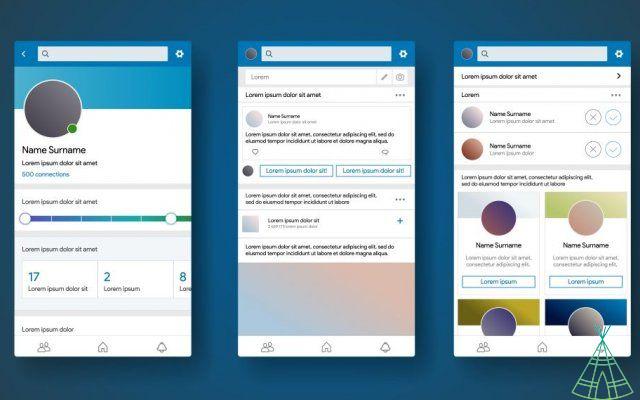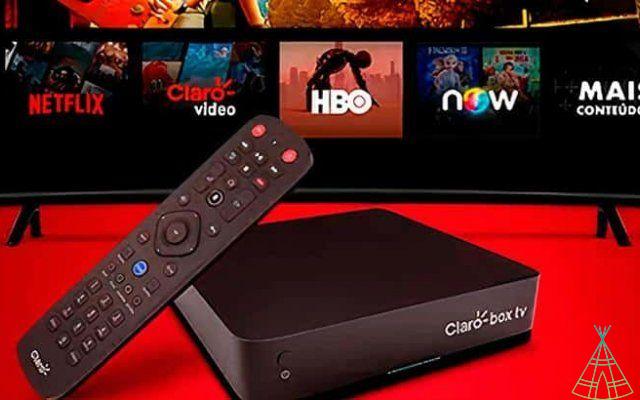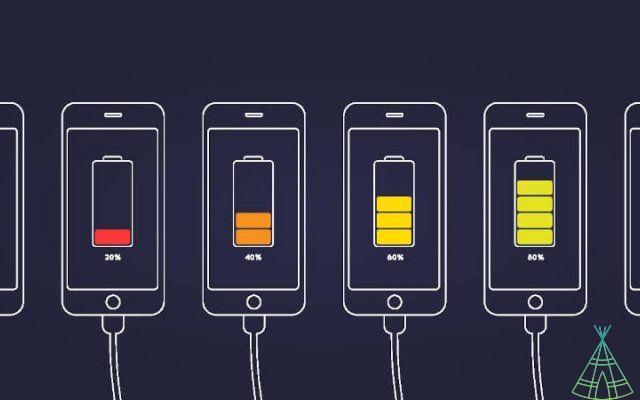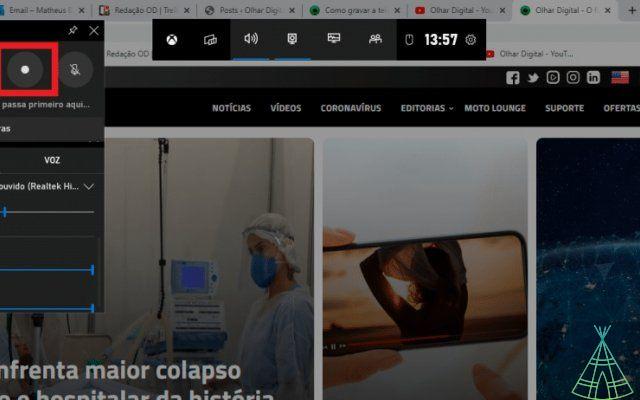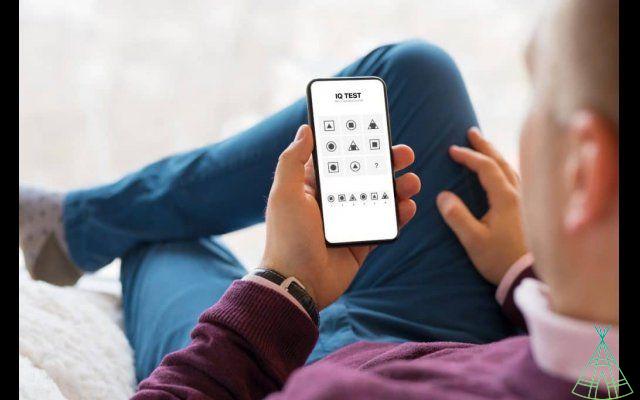The pager, also known in Brazil as the bipe, was a very popular device in several countries in the 1980s and 1990s, a time when cell phones were still gaining strength in the market. Each gadget had its own code used to receive messages.
In yet another article about old technologies, you can find out everything about this curious device.
Who invented the pager?
The pager was invented in 1949 by Canadian Alfred J. Gross. Its radio system, similar to a Walkie Talkie (also invented by Gross, in 1938), has been improved over time.
In 1956, Motorola introduced the first portable pager capable of displaying text messages on a small LCD screen. In a short time, the novelty was adopted mainly in hospitals and factories.
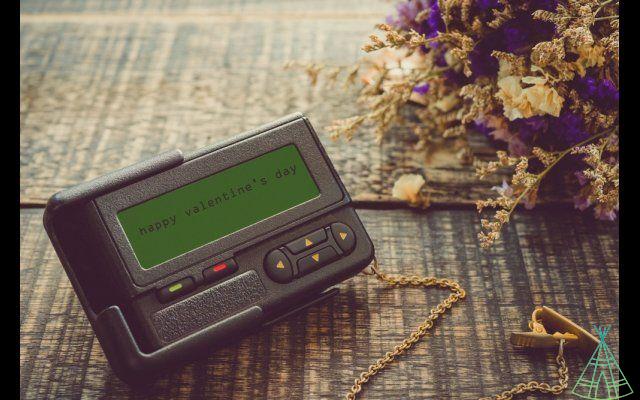
Later, in 1996, the company Skytel presented a more modern model, capable of sending and receiving e-mails. In the same year, rival Research in Motion launched the 'Inter@ctive Pager', a device with the same feature that later evolved into the Blackberry.
did it work?
Basically, a pager was a small radio receiver that the user carried in his pocket. Through a personal code, anyone could send a message by dialing that number and quoting the message they wanted to send.
Messages were received at a switchboard or broadcasting office, where another professional immediately forwarded them, like a normal radio transmission.
Once the message arrived, the pager would vibrate or emit a beep (hence the nickname among Spanish people), displaying the message followed by the date and time. The gadget ran on an AAA-type battery, capable of providing charge for about a month of use.
There were two types of signal distribution: limited range and wide range. As the name suggests, the limited range sent messages over a smaller area via a low power transmitter. Which worked very well in hospitals, for example.
Wide-area broadcasting was similar to a nationwide radio broadcast. The transmitter system managed to send messages across the country with the help of several antennas. In the UK, for example, the long-distance pager network used about 500 antennas to cover the entire region.
When the pager was launched in Brazil
In Brazil, the beeper arrived at retail in 1992 at an average cost of around US$400, which today would be around R$2,1. In the debut year, it already gained more than 10 subscribers.
In 1993, the number of customers grew to 100 and three years later it reached the 800 mark. Among the telecommunication operators that offered the service in the country, the most popular were Teletrim and PageNet.
Is the pager/beeper still used?
Despite having lost space for cell phones, there are still some services that use the pager. This is the case of public health in the United Kingdom (NHS). By 2019, around 130 people were still using the beeper at work.
Although the result is curious, there is a reason for this. According to health professionals, the reception of the device works very well even in adverse situations, like in x-ray rooms, for example. However, as it is an obsolete technology, the NHS started to phase it out last year.
The pager was also in use in Japan until October 2019, the month in which the last provider in the country (Tokyo Telemessage) decided to discontinue the service, at the time around 1,5 active customers.
pager x cell phone
It is worth noting that pagers were not made to directly compete with cell phones at the time. Both had different purposes. The beeper was able to receive quick and instant messages efficiently, which was not always feasible on cell phones.
An advantage of pagers is that they sent messages over VHF radio signals (similar to FM radio programs), meaning that reception reached farther, needed fewer transmitters, and suffered from less interference than cell phone signals.
It was easier to receive a pager message in a remote area, for example, than to place a cell phone call in the same location, where it was often not even possible to pick up a signal. That is why, to this day, the pager system is still used by rescue teams.
Another advantage of pagers was that they were simpler to use than cell phones, as well as being small, lightweight, and with long battery life. Finally, as we've seen it so far, their simplicity and reliability have also made them the ideal device for medical monitoring.
Read more:
- Old technologies: record player, discman and walkman – what was listening to music like before streaming?
- Smell of alcohol in the room: do you know what a mimeograph was?
- Old Technologies: How Did Dial-Up Internet Work?
- Old Technologies: How Does the Fax Work?
Have you watched our new videos on YouTube? Subscribe to our channel!





